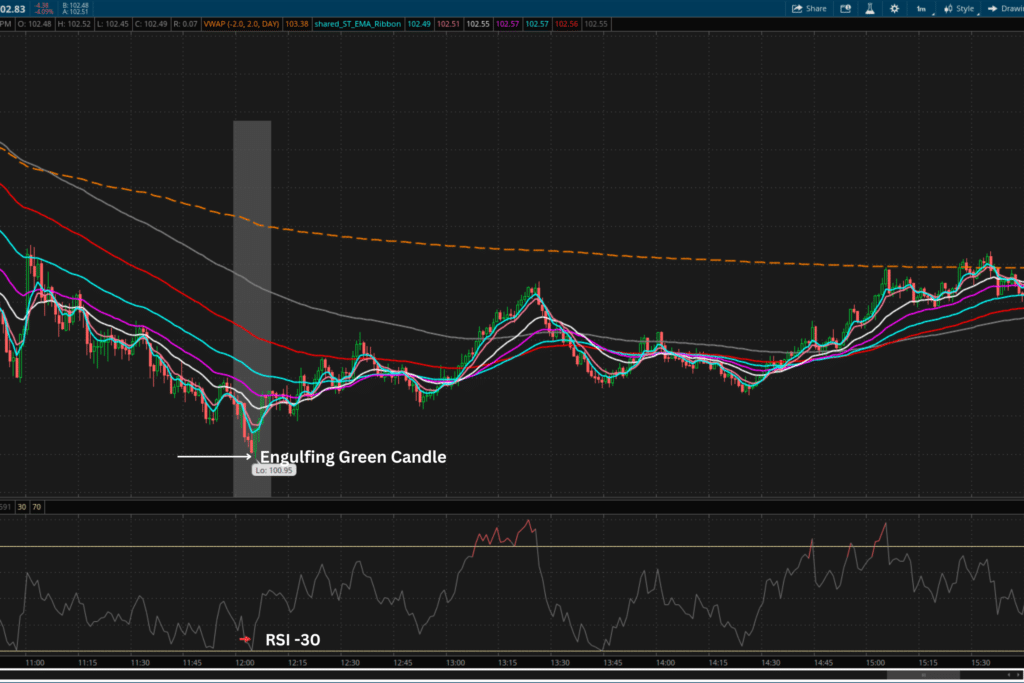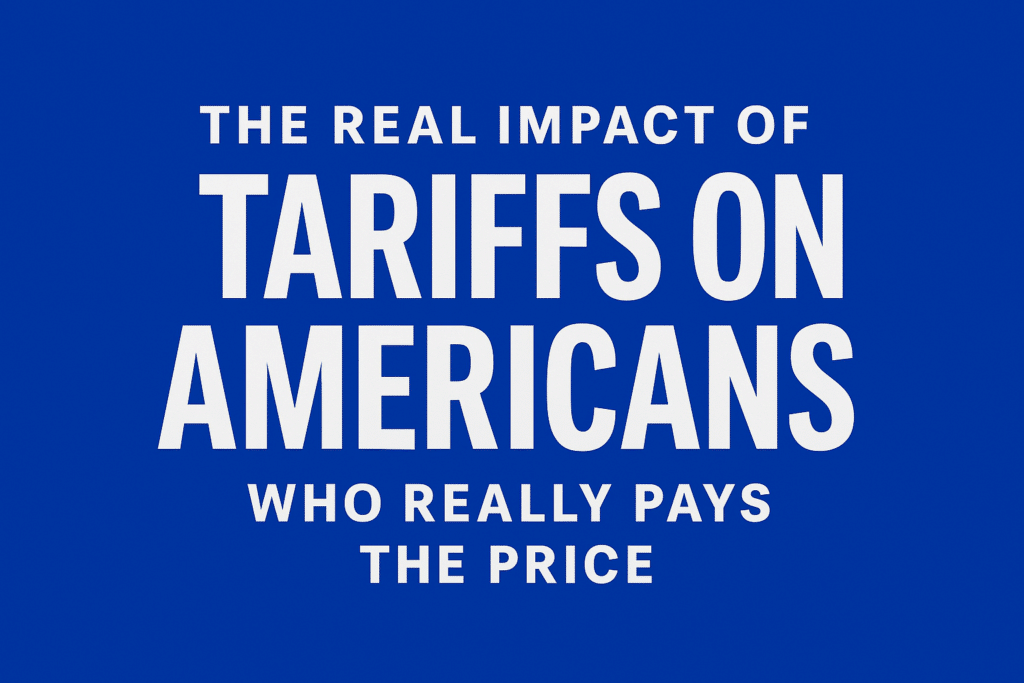What is Trading Options?
What is Trading Options?
A Comprehensive Guide for Beginners

Introduction
Trading options is an increasingly popular investment strategy that offers flexibility, leverage, and the potential for high returns. However, it also comes with its own set of risks and complexities. For those new to the concept, understanding what trading options entails can seem daunting. This comprehensive guide will break down the basics of trading options, explain the key concepts, and outline various strategies that can be used to make informed trading decisions. Whether you’re a beginner or looking to refine your knowledge, this guide will help you navigate the world of options trading.
Understanding the Basics of Options
What Are Options?
Options are financial derivatives that provide the buyer with the right, but not the obligation, to buy or sell an underlying asset at a predetermined price within a specific time frame. The underlying asset could be a stock, an index, a commodity, or another financial instrument. Options are contracts, and they derive their value from the price of the underlying asset.
Types of Options: Calls and Puts
There are two main types of options: calls and puts.
- Call Options: A call option gives the buyer the right to purchase the underlying asset at a specific price, known as the strike price, before the option expires. Traders buy call options when they believe the price of the underlying asset will rise.
- Put Options: A put option gives the buyer the right to sell the underlying asset at the strike price before the option expires. Traders buy put options when they believe the price of the underlying asset will fall.
Key Terms in Options Trading
Before diving deeper into options trading strategies, it’s essential to understand some key terms:
- Strike Price: The predetermined price at which the underlying asset can be bought or sold.
- Expiration Date: The date on which the option contract expires. After this date, the option becomes worthless if not exercised.
- Premium: The price paid by the buyer to purchase the option. This is the cost of acquiring the rights that the option contract offers.
- In-the-Money (ITM): An option is in-the-money if exercising it would result in a profit. For a call option, this means the underlying asset’s price is above the strike price; for a put option, it means the price is below the strike price.
- Out-of-the-Money (OTM): An option is out-of-the-money if exercising it would not result in a profit. For a call option, this means the underlying asset’s price is below the strike price; for a put option, it means the price is above the strike price.
- At-the-Money (ATM): An option is at-the-money if the underlying asset’s price is equal to the strike price.
How Does Options Trading Work?
Buying Options
When you buy an option, you are purchasing the right to buy or sell the underlying asset at the strike price. If the market moves in your favor, you can exercise the option to capitalize on the price difference. Alternatively, you can sell the option contract before expiration to lock in a profit or minimize a loss. Buying options can be a cost-effective way to gain exposure to an asset without committing to a large investment upfront.
Example of Buying a Call Option
Suppose you believe that the stock of Company XYZ, currently trading at $50, will increase in price. You purchase a call option with a strike price of $55, expiring in one month, for a premium of $2 per share. If the stock price rises to $60 before the option expires, you can exercise your option to buy the stock at $55 and sell it at the market price of $60, making a profit of $3 per share after accounting for the premium.
Selling Options
Selling (or writing) options involves creating an options contract and selling it to a buyer. When you sell an option, you receive the premium paid by the buyer. However, selling options comes with an obligation: if the buyer decides to exercise the option, you must fulfill the contract. This obligation can result in significant risk, especially if the market moves against your position.
Example of Selling a Put Option
Suppose you believe that the stock of Company ABC, currently trading at $40, will not fall below $35. You sell a put option with a strike price of $35, expiring in one month, for a premium of $1 per share. If the stock price stays above $35, the buyer will not exercise the option, and you keep the premium as profit. However, if the stock price falls below $35, you must buy the stock at the strike price, potentially resulting in a loss if the market price is significantly lower.
Why Trade Options?
Flexibility
Options offer traders a high degree of flexibility. They can be used to hedge against potential losses, speculate on future price movements, or generate income. The ability to buy or sell options gives traders the opportunity to tailor their strategies to their specific market outlook and risk tolerance.
Leverage
One of the main attractions of options trading is leverage. Because options allow you to control a large amount of the underlying asset for a relatively small premium, they offer the potential for substantial returns on a small initial investment. However, leverage also amplifies losses, making risk management crucial.
Risk Management
Options can be used to manage risk in a portfolio. For example, an investor holding a long position in a stock can purchase put options as insurance against a decline in the stock’s price. This strategy, known as a protective put, limits potential losses while allowing the investor to benefit from any price appreciation.
Common Options Trading Strategies
Covered Call
A covered call is a conservative strategy where an investor who owns the underlying asset sells call options on that asset. This strategy generates income from the option premium while potentially limiting the upside if the asset’s price rises above the strike price. It’s commonly used by investors who believe the asset’s price will remain relatively stable.
Example of a Covered Call
Suppose you own 100 shares of Company XYZ, currently trading at $50. You sell a call option with a strike price of $55, expiring in one month, for a premium of $2 per share. If the stock price remains below $55, you keep the premium as income. If the stock price rises above $55, you may be required to sell your shares at the strike price, potentially missing out on further gains.
Protective Put
A protective put is a strategy used to protect against potential losses in an asset. An investor holding a long position in a stock buys a put option on that stock. If the stock price falls, the gains from the put option can offset the losses in the stock, effectively acting as an insurance policy.
Example of a Protective Put
Suppose you own 100 shares of Company ABC, currently trading at $40, and are concerned about a potential decline in its price. You buy a put option with a strike price of $35, expiring in one month, for a premium of $1 per share. If the stock price falls to $30, the value of the put option will increase, offsetting some of the losses from your long position.
Straddle
A straddle is a neutral strategy that involves buying both a call and a put option on the same underlying asset with the same strike price and expiration date. This strategy is used when a trader expects significant price movement in either direction but is unsure of the direction.
Example of a Straddle
Suppose Company XYZ is about to announce its earnings, and you expect significant price movement, but you’re unsure whether it will be up or down. You buy a call option and a put option, both with a strike price of $50, expiring in one month. If the stock price moves significantly in either direction, one of the options will increase in value, potentially leading to a profit.
Risks of Trading Options
Complexity
Options trading is more complex than trading stocks or bonds. Understanding the various factors that influence option prices, such as time decay, volatility, and the Greeks (Delta, Gamma, Theta, and Vega), is essential for making informed trading decisions. Beginners should take the time to educate themselves and consider starting with simpler strategies before moving on to more complex ones.
Potential for Losses
While options offer the potential for high returns, they also come with the risk of significant losses. For buyers, the maximum loss is limited to the premium paid for the option. However, sellers, particularly of naked options (options not covered by a corresponding position in the underlying asset), can face unlimited losses if the market moves against them.
Time Decay
One of the unique aspects of options is time decay, which refers to the reduction in the option’s value as it approaches its expiration date. Time decay works against the buyer of the option and in favor of the seller. As the expiration date nears, the likelihood of the option being profitable decreases, which can result in the option losing value even if the underlying asset’s price moves favorably.
Conclusion
Trading options offers a range of opportunities for profit, flexibility, and risk management, but it also comes with its own set of risks and complexities. Understanding the basics of options, the different types of options, and the strategies that can be employed is crucial for anyone looking to enter the world of options trading. Whether you’re interested in hedging your investments, generating income, or speculating on market movements, options trading can be a powerful tool in your investment arsenal. However, as with any investment, it’s important to educate yourself, start with a solid strategy, and manage your risks carefully.
Elevate Your Trading Skills
Ready to dive deeper into the world of options trading? Join our exclusive community of traders for comprehensive educational resources, live trading sessions, and expert analysis. Sign up today and take your trading to the next level!
Check out our articles on:
- Introduction to Options Trading
- Mastering Butterfly Spreads
- The Power of Diagonal Spreads
- The Power of Iron Condors
- The Power of Vertical Credit Spreads
Elevate Your Trading Game
Ready to take your options trading to new heights? Whether you’re a day trader, swing trader, or busy professional, we have you covered. Join our exclusive community of traders and gain access to our comprehensive educational resources, live trading sessions, and expert analysis. We’ll guide you through the intricacies of debit spreads and other advanced options strategies, helping you achieve your financial goals. Don’t miss out on this opportunity to become a more confident and profitable trader. Sign up today!
Below are the links:
To your success,

Billy Ribeiro is a renowned name in the world of financial trading, particularly for his exceptional skills in options day trading and swing trading. His unique ability to interpret price action has catapulted him to global fame, earning him the recognition of being one of the finest price action readers worldwide. His deep comprehension of the nuances of the market, coupled with his unparalleled trading acumen, are widely regarded as second to none.
Connect with us:






